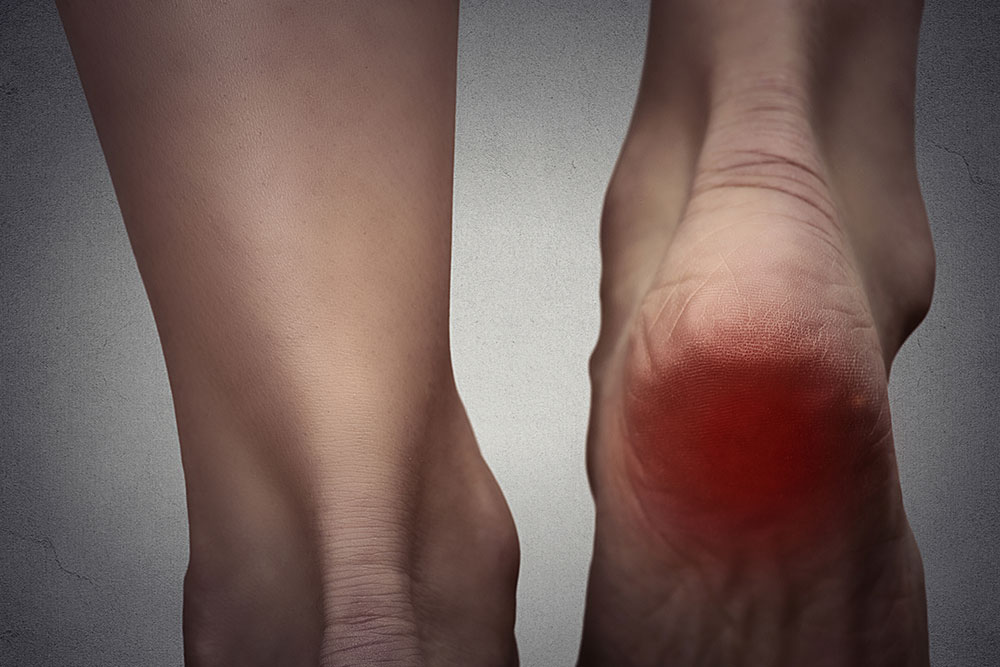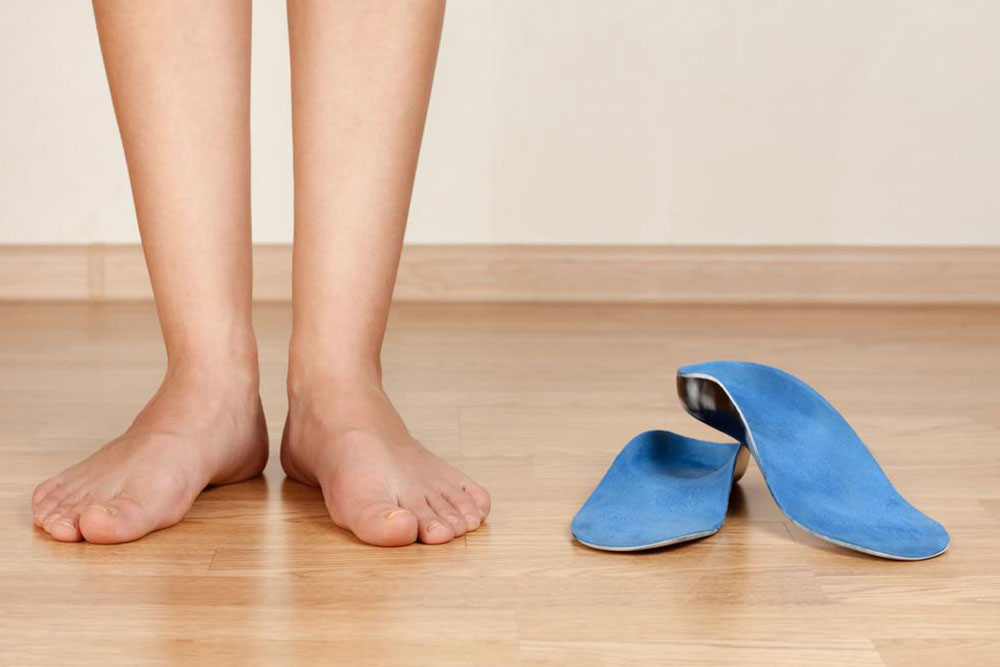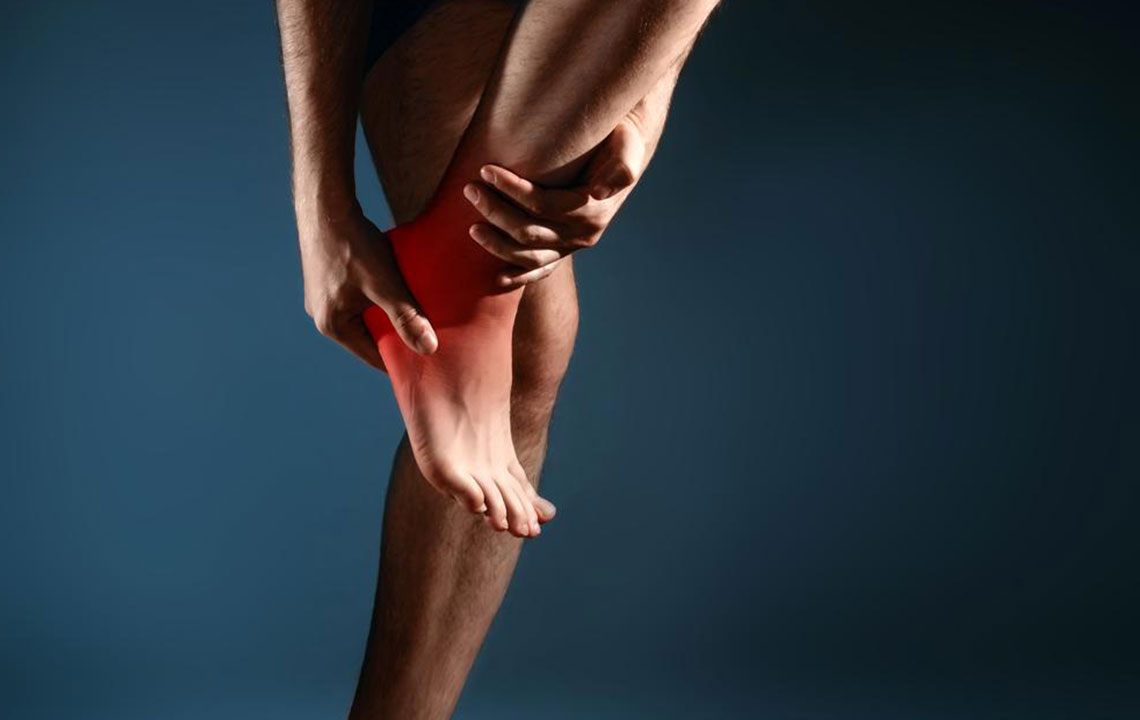Top Strategies for Choosing Footwear to Alleviate Heel Pain
Discover effective tips for selecting footwear that alleviates heel pain. From proper sizing and support to avoiding high heels, this guide offers practical advice to improve foot comfort. Prioritize foot health by choosing the right shoes and using orthotic supports to reduce heel discomfort and promote healing, ensuring better mobility and daily well-being.

Top Strategies for Choosing Footwear to Alleviate Heel Pain
Research from 2014 indicates that 80% of Americans face some form of foot issue. Since our feet support much of the body’s weight, their health is crucial for overall wellbeing and daily mobility. The heel plays a key role in this support, bearing nearly the entire load. Heel discomfort can originate from beneath or behind the heel, affecting daily routines. Selecting proper footwear is essential to either ease or worsen heel pain. The right shoes can make a significant difference.
Choosing the right shoes greatly influences heel pain relief. When browsing for supportive footwear, consider key factors to ensure comfort and proper fit. Here are some expert tips:
Shop Later in the Day
Feet tend to swell as the day progresses, especially after standing or walking. Shopping in the morning might lead to choosing shoes that fit initially but become uncomfortable later. Selecting shoes when your feet are at their largest ensures a better, lasting fit that prevents heel strain.
Measure Your Feet Independently
Relying solely on shoe box sizes can be misleading, as sizing varies across brands. To find the perfect fit, measure your feet while standing, preferably with guidance from a professional. Accurate measurements help you select shoes that minimize heel pressure and discomfort.
Avoid Ill-Fitting Shoes
Shoes that are too snug can cause numbness and sharp pains, worsening heel issues. Loose shoes may lead to instability, making your foot work harder and increasing pain. Properly fitted shoes are essential for comfort and heel health during daily activities.
Choose Cushioned and Supportive Footwear
Soft-soled shoes, like those worn in childhood, help absorb shock and reduce heel pressure. While they may not always be stylish, their effectiveness in relieving heel pain is unmatched. Opt for snug, cushioned shoes to support healing and comfort.
Avoid Excessively High Heels
Heels taller than 1 inch shift weight unevenly, placing extra stress on the heels. Limiting heel height distributes pressure more evenly and diminishes discomfort. Prioritize foot health by choosing flatter shoes when dealing with heel pain instead of high heels.
Utilize Orthotic Supports and Heel Cushions
Orthotic insoles, heel liners, and pads can alleviate heel spurs—calcium buildup from muscle strain. These supports cushion and stabilize the heel, easing pain and aiding recovery. Incorporate supportive insoles for additional heel comfort.
Note:This platform offers extensive information across various topics. While we strive to provide helpful advice, it does not replace professional medical consultation. Authors are not responsible for discrepancies or updates related to products or schemes discussed.


